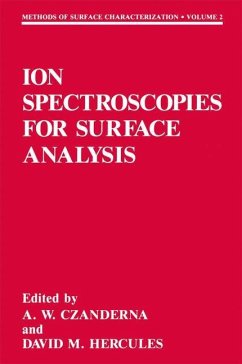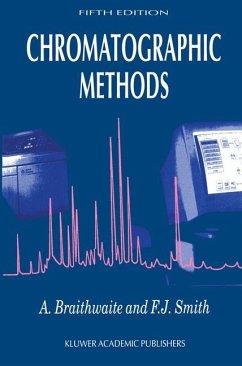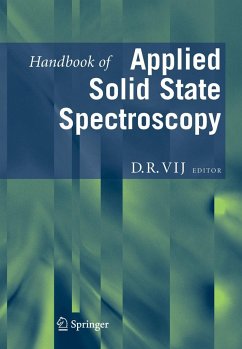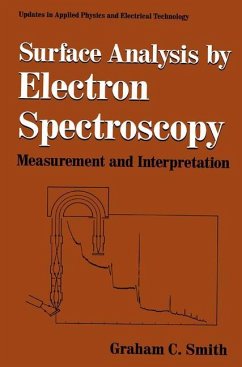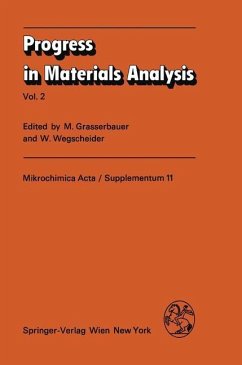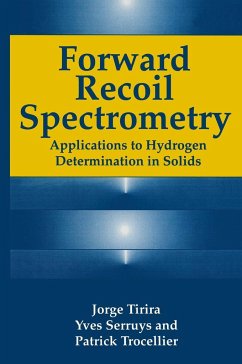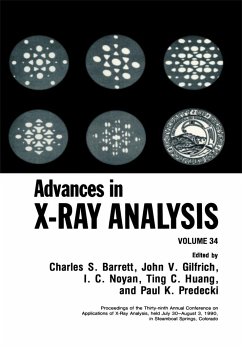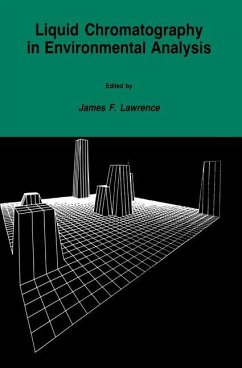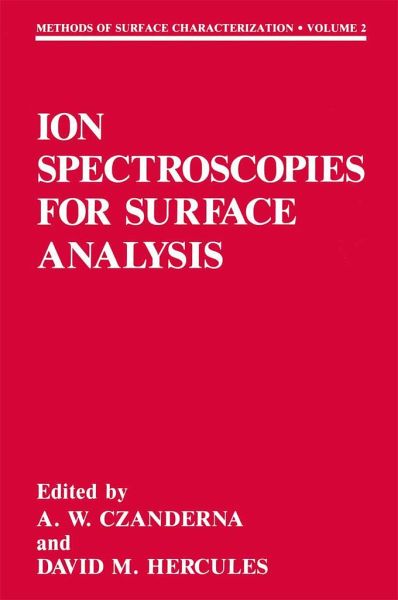
Ion Spectroscopies for Surface Analysis
Versandkostenfrei!
Versandfertig in 6-10 Tagen
61,99 €
inkl. MwSt.

PAYBACK Punkte
31 °P sammeln!
The first of two volumes in the series containing descriptions of the techniques and methods of electron and ion spectroscopies which are in widespread use for surface analysis. The focus is on techniques for which commercial instrumentation is available, and the intent is to fill the gap between ma
Determining the elemental composition of surfaces is an essential measurement in characterizing solid surfaces. At present, many ap proaches may be applied for measuring the elemental and molecular composition of a surface. Each method has particular strengths and limitations that often are directly connected to the physical processes involved. Typically, atoms and molecules on the surface and in the near surface region may be excited by photons, electrons, ions, or neutrals, and the detected particles are emitted, ejected, or scattered ions or electrons. The purpose of this book is to bring together a discussion of the surface compositional analysis that depends on detecting scattered or sputtered ions, and the methods emphasized are those where instruments are commercially available for carrying out the analysis. For each topic treated, the physical principles, instrumentation, qualitative analysis, artifacts, quantitative analysis, applications, opportunities, and limita tionsare discussed. The first chapter provides an overview of the role of elemental composition in surface science; compositional depth profiling; stimulation by an electric field, electrons, neutrals, or photons and detection of ions; and then stimulation by ions, and detection of ions, electrons, photons, or neutrals.



